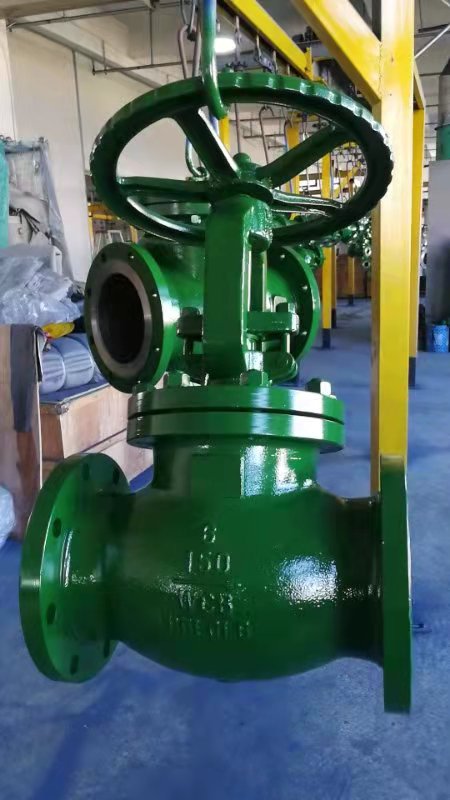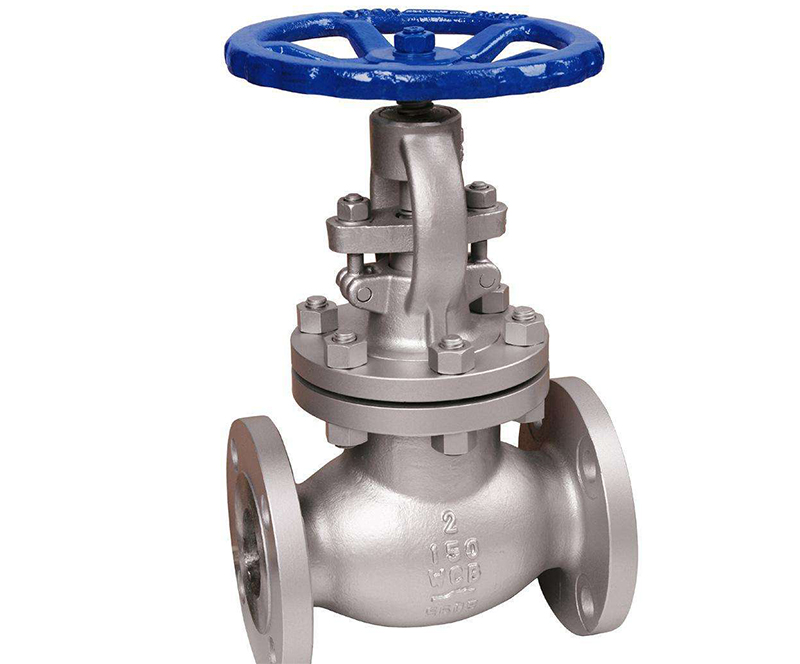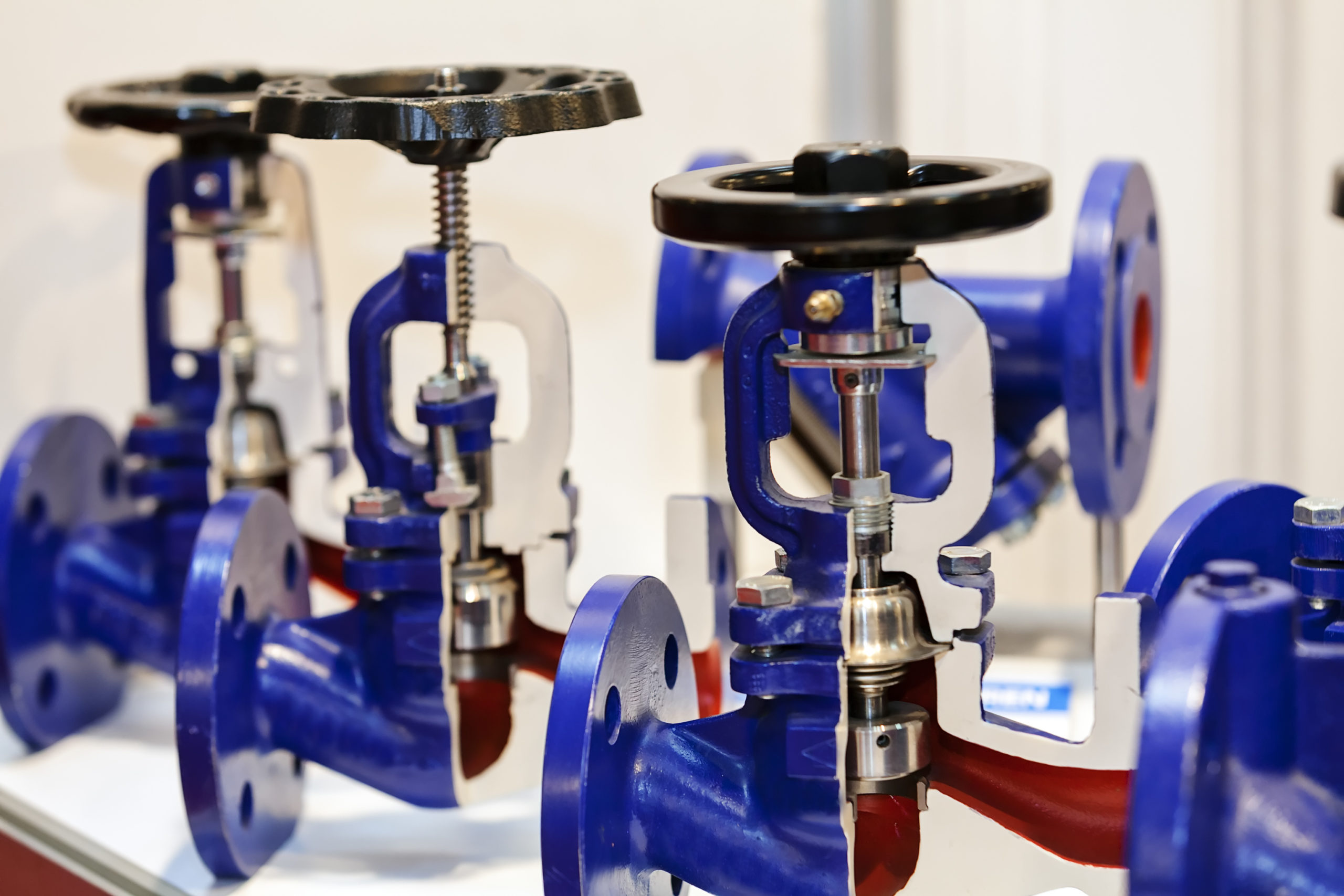
Head Office & Factory
Ave 3,BinHain Technology Development Industrial Area. Wenzhou China
Request a Quote
info@zhelivalve.com

Contact
info@zhelivalve.com +86057786009305
Working Hours
We are happy to meet you during our working hours. Please make an appointment.

Head Office & Factory
Ave 3,BinHain Technology Development Industrial Area. Wenzhou China
Request a Quote
info@zhelivalve.com

Contact
info@zhelivalve.com +86057786009305
Working Hours
We are happy to meet you during our working hours. Please make an appointment.
GLOBE VALVE
Glob valves;
They fulfill their duties by cutting or opening the fluid passage by placing or lifting the flap connected to the end of a shaft on the fluid passage hole. The flaps are normally in the shape of a plate. Control valves have parabolic protrusions at the ends of the flaps that extend into the through hole. Globe valves have different flow characteristics depending on the plug type.
Advantages:
– They provide precise flow control.
– A good sealing is provided by the frictionless, sitting contact of the flap with the seat.
– There are types suitable for high pressure and temperatures.
– They are also suitable for gaseous fluids.
– They are suitable for frequent and large number of openings and closings.
– Compared to the gate valves, this force application has a positive effect on the sealing, as the stem presses the clapper directly onto the seat. Therefore, Globe valves are preferred instead of Gate valves as shut-off valves, especially in cases where there is a high-pressure flow that may pose a danger to the atmosphere.
Weaknesses:
– Due to their structure, pressure losses are high.
– They contain dead volume. Residues can build up inside the valve.
– Flow is only possible in the direction indicated on the valve. It is not suitable for bidirectional operation.
– At large nominal sizes, very large forces act on the on-off shaft. This force makes it difficult to close. When it comes to the control of large flow rates; It is common practice to divide the flow into two or more small lines and to use small Globe valves.
Fluid Type:
Clean, neutral or aggressive liquid, gaseous fluids
Flow Direction:
It is specified. Flow in the opposite direction is not correct.
Usage places:
Hot and Cold Water Installations, Steam Installations, Hot Oil Installations, Petrochemical Plants, Machinery Manufacturing, Special Vehicle Manufacturing, etc.
Drive Type:
Manually, with motorized actuators, with magnetization in short strokes (Solenoid valves)
Rated Dimensions:
It can be from DN 15 to DN 400.
Operating Temperature Range:
It can expand from -2000C to +4000C. However, they are generally manufactured for the –500C and +2500C range.
Body Material:
Copper alloys (Brass, Bronze), Cast Iron, ductile iron, steel and stainless steel Casting and Steel and Stainless Steel, Duplex, Super Duplex
Type of Connection to Installation:
Screwed, Flanged, Butt Welded
Some relevant product standards:
DIN 3356, ANSI B16.34, BS 1873, BS 5352, BS 5152, BS 5154, BS 5160




